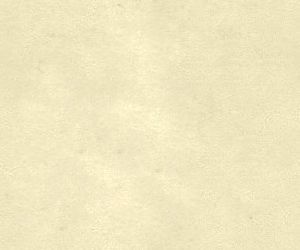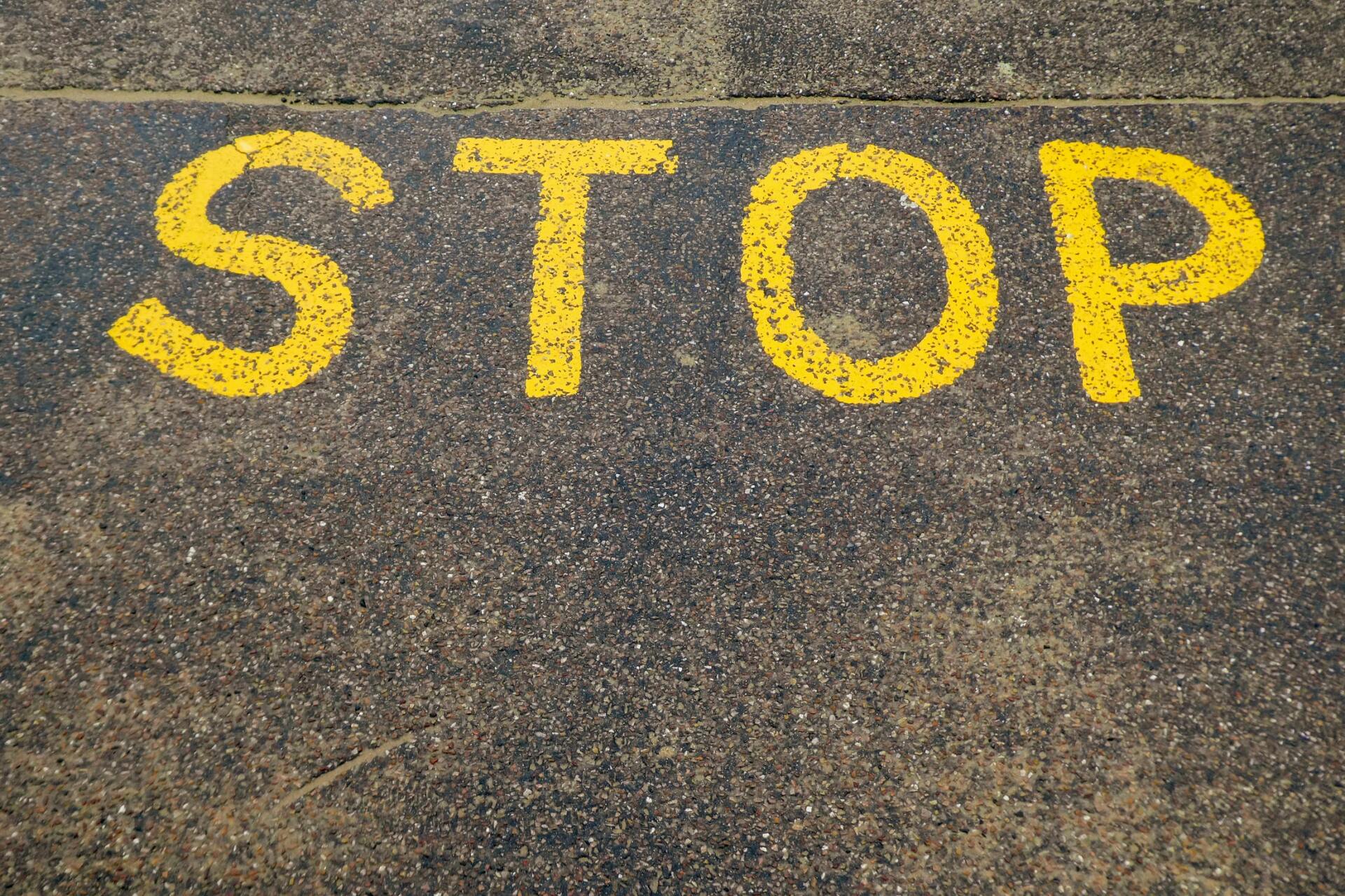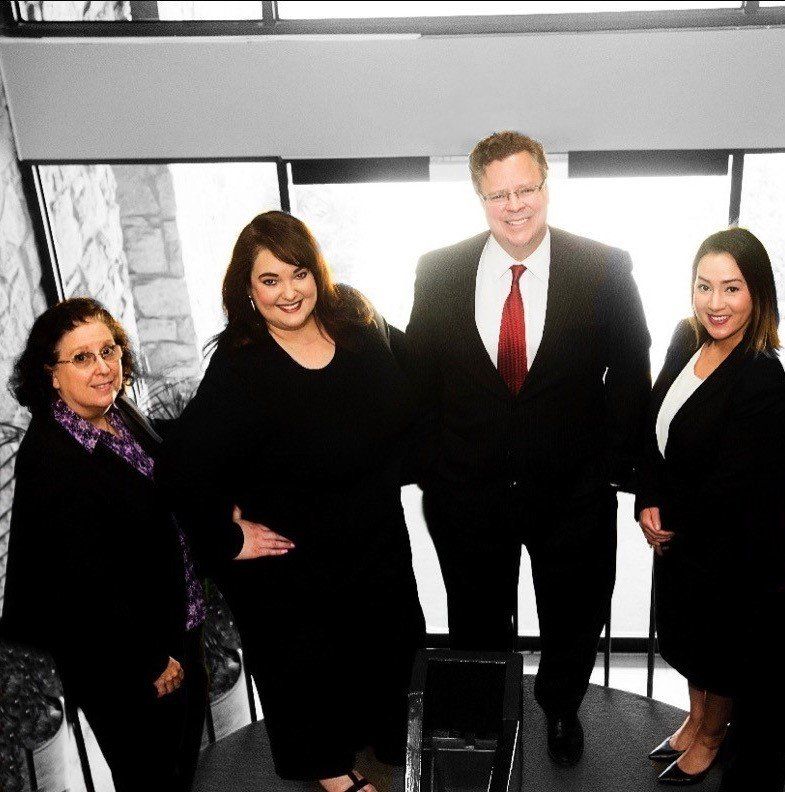TEXAS PATENT LITIGATION ATTORNEYS
In Dallas, Texas
Our industry-experienced Dallas patent litigation attorneys handle patent disputes in federal court and the U.S. Patent Trial & Appeal Board (PTAB).
PATENT ENFORCEMENT AND INJUNCTIONS
What Is Patent Infringement?
Patent infringement is when an unauthorized person or entity makes, uses, offers to sell or sells any patented invention domestically or imports a patented invention into the United States during the term of the patent and without permission of the patent holder. See 35 U.S.C. § 271. Further, anyone who actively induces someone else to infringe the patent is also liable as a co-infringer. If a person or entity knowingly offers to sell, sells, or imports a material component of something that is already patented, that person or entity may also be liable as a contributory infringer provided there was no substantial non-infringing use.
The law presumes that a patent is valid and enforceable by law until successfully challenged. When seeking to enforce your patent, you will inevitably face challenges to the validity of your patent in an attempt to avoid a defendant being held liable for patent infringement. So, in order to enforce a patent against a competitor, you will need to plead and prove that your patent was infringed and be prepared to defend against invalidity claims such as the following:
- Patent claims are obvious or anticipated in view of prior art
- The patent subject matter is not patent-eligible
- False or misleading, or incorrect information in the patent application
- Relevant patent-related material intentionally withheld during prosecution
- Failure to adequately describe your invention
- Failure to adequately provide enabling detail to support the invention
- Indefinite or ambiguous patent claims
Patent Infringement & Damages
Section 284 of Title 35 allows a patentee to recover monetary damages for another’s patent infringement. Upon a finding for the claimant, the court shall award the claimant damages adequate to compensate for the infringement, but in no event less than a reasonable royalty for the use made of the invention by the infringer, together with interest and costs as fixed by the court. When a jury does not find the damages, the court shall assess them. In either event, the court may increase the damages up to three times the amount found or assessed. Increased damages under this paragraph shall not apply to provisional rights under section 154(d). More About Patent Infringement.
What Are Lost Profits in Patent Litigation?
Lost profits as a measure of damages are intended to make the party whole—to compensate the patent holder for profits lost as a result of the infringement, whereas “[a] reasonable royalty . . . is intended to compensate the patentee for the value of what was taken from him—the patented technology.” While both types may ultimately be included in the total amount of damages awarded, with respect to any particular sale, a patentee is entitled to either a reasonable royalty or lost profits, but not both. Thus, patentees typically seek lost profits to the extent they can be proven. A reasonable royalty for any portion of the infringing sales is not included in the lost profits calculation. Lost profits may take the form of diverted sales, eroded prices, or increased expenses. To recover lost profits, the burden rests on the patentee to show a reasonable probability that ‘but for’ the infringing activity, the patentee would have made the infringer’s sales. This necessarily requires the patentee to reconstruct a hypothetical market as it would have existed absent the infringing product. Although there is no particular method prescribed for proving causation, it must be supported by sound economic proof. Within this basic framework, the Federal Circuit has approved an award of lost profits under various market reconstruction theories.
What Is A Reasonable Royalty?
For infringing sales where the patentee cannot prove he or she is entitled to lost profits, damages in the form of a reasonable royalty may still be awarded. In those circumstances, the patentee obtains its lost profits on the sales where it can prove all the Panduit factors and a reasonable royalty on the other infringing sales. A reasonable royalty theory of damages seeks to compensate the patentee “for its lost opportunity to obtain a reasonable royalty that the infringer would have been willing to pay if it had been barred from infringing.” This requires an analysis of what the patentee could have insisted on as compensation for licensing the patent to the infringer as of the start of the infringement. A reasonable royalty calculation envisions and ascertains the results of a hypothetical negotiation between the patentee and the infringer at a time before the infringing activity began. Thus, the reasonable royalty calculus assesses the relevant market as it would have developed before and absented the infringing activity.
Dallas Patent Litigation Attorneys
Our Dallas patent litigation lawyers have earned a reputation for aggressive, responsive, efficient, and most importantly, successful patent litigation. While we are prepared to take every case to trial, we know from our clients' perspective that often, the best litigation is the one that settles in mediation. Our straightforward, unbiased guidance can help you avoid litigation whenever possible. However, if needed, our litigators are skilled in negotiation techniques and have a reputation for achieving very favorable results for our clients in court and out of court.
Litigation Resources & Services
Need any help?
Industry Resources & Services
- Alcohol & Beverage Law
- Blockchain Law
- Cosmetics Product Law
- Cryptocurrency Law
- Cyber-Security Law
- Digital Marketing
- eCommerce Law
- Energy Law
- Fashion Industry Law
- Health Technology Law
- Oil & Gas Law
- Product Industry Overview
- Professional Services Law
- Real Estate Development Law
- Restaurant Services Law
- Retail Business Law
- Software Industry Law
- Sporting Goods Law
- Technology Law
- Video Gaming Industry Law
-
Litigation Overview
Button -
Business Litigation
Button -
Patent Litigation
Button -
Trademark Litigation
Button -
Copyright Litigation
Button -
Trade Secret Litigation
Button -
Trade Dress Litigation
Button -
Property Litigation
Button -
Unfair Competition
Button -
Misapprop.
Button -
Breach of Fiduciary Duty
Button -
Domain Name Disputes
Button -
Non-Compete Litigation
Button
Additional Patent Litigation Focus
Patent Protection Strategies
Because of the complicated nature and technical facts involved in patent infringement suits, it is necessary to have experienced and knowledgeable attorneys to provide you the strong representation you need. The attorneys at the Wilson Legal Group have years of experience in litigation of patent infringement claims and have taken numerous cases to trial successfully. With their extensive knowledge and passion for protecting clients' rights, our attorneys will work tirelessly to defend your intellectual property.
What Is Claim Construction?
Claim construction is the process in which courts interpret the meaning and scope of the invention's claims contained within a patent. The claims of an invention define the metes and bounds of the patentee's patentable rights to exclude others from performing that patented invention. In patent litigation, the Courts will divide the proceedings into two halves: i) claim construction and ii) trial on patent infringement, invalidity, and damages. This two-step process allows parties to determine whether a claim is infringed before spending money toward trial. After the claim terms have been construed, the parties and the court will have determined if the accused product or process actually meets the minimum standard of patent infringement. Many patent infringement cases end at claim construction when it becomes evident that a patentee and the infringer have different inventions, as shown by the claim construction.
Types of Patent Infringement
Generally, there are three types of patent infringement: direct patent infringement, contributory patent infringement, and infringement by inducement:
What is Direct Patent Infringement?
Direct infringement of a patent occurs when a party deliberately uses, sells, manufactures, or offers for sale a patented invention within the United States. This includes when a party imports, directly or indirectly, a patented invention into the United States. The intent of a defendant is irrelevant, and the court applies strict liability to patent infringement.
What is Contributory Patent Infringement?
Contributory patent infringement occurs when a party sells, offers to sell, or imports a component, material, or apparatus for manufacturing or practicing any process protected by a patent. The only use of that material, component, or apparatus is for the purpose of practicing the infringed patented process, and there must be no other substantial use for the infringing material (meaning the only purpose is for violating the existing patent). Additionally, to be found liable for contributory patent infringement, you must i) have had knowledge of and the intent to infringe the claimed patent; and ii) the third party you supplied has committed direct patent infringement above.
What is Infringement by Inducement?
When a party induces or encourages another to participate in an action that infringes a patent, that is called infringement by inducement. The encouraging party must know that the acts performed constitute the elements of infringement. A person can be held liable for infringement by inducement if a party: i) knows of and intends to infringe the patent; ii) knew of or believed there was a possibility of infringement; iii) actively avoided confirming where their acts infringed the patent, and iv) was more than merely clumsiness or negligence in the infringement.
Additional Defenses to Patent Infringement
While non-infringement is the most common patent infringement defense, there are several other patent infringement defenses a patent litigator must consider:
- Non-infringement
- Invalidity based on prior art (anticipation and/or obviousness)
- Failure to meet statutory limits
- Failure to meet the statutory requirements
- A defense of inequitable conduct
- First sale
- Repair doctrine
- Patent misuse
- Licensing
- Patent exhaustion
- Estoppel
- Prior commercial use
- Experimental use
CLIENT MATTERS
5,000+
YEARS OF SERVICE
25+
Award Winning
Recognized in the legal industry as dedicated board-certified lawyers and Rising Stars.
Expert Team
Your project will be handled by legal experts every time. You will have the most experienced attorneys working for you.
Quality Representation
Wilson Legal Group P.C.
d/b/a Wilson Whitaker Rynell
(972) 248-8080 (Dallas) MAIN OFFICE
(713) 830-2207 (Houston) Appointment Only
(512) 691-4100 (Austin) Appointment Only
For more information on how we can assist in your intellectual property, commercial litigation, or other personal needs, let us know how we can help you:
Contact Us - Main Page
We will get back to you as soon as possible.
Please try again later.
Disclaimer:
This form does not establish an attorney-client relationship, and should only be used to contact the firm about scheduling a call or meeting. No confidential or sensitive information should be sent using this form.
The law office of Wilson Legal Group P.C. (d/b/a Wilson Whitaker Rynell) represents clients nationwide, including Dallas, Austin, Houston, and other Texas areas such as Fort Worth, Arlington, Carrollton, Plano, Allen, Lewisville, Flower Mound, Irving, Denton, McKinney, North Richland Hills, and all cities within Dallas County, Tarrant County, Collin County, and Denton County.
SERVICES
OFFICES
ABOUT
CONTACT
BLOG
JOIN OUR NEWSLETTER
Wilson Whitaker Rynell
16610 Dallas Parkway, Suite 1000
Dallas, Texas 75248
972-248-8080 (MAIN)
972-248-8088 (FAX)
info@wrrlegal.com (E-MAIL)













